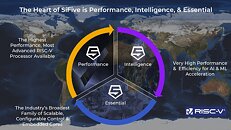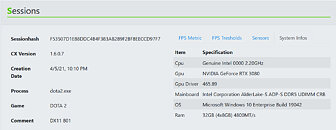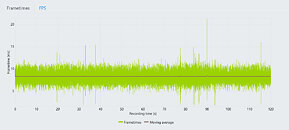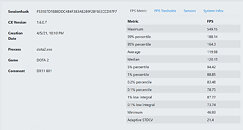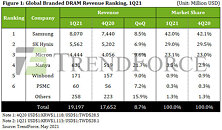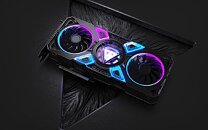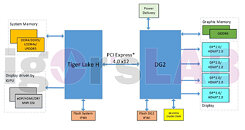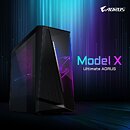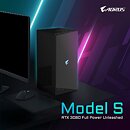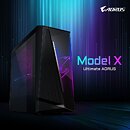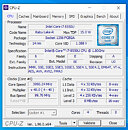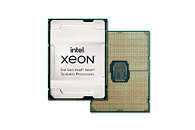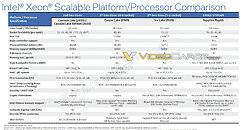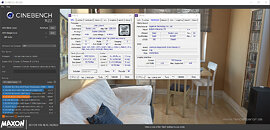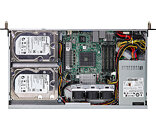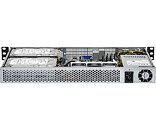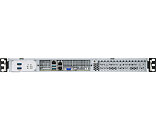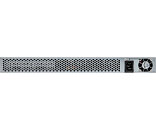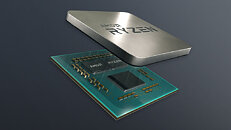
Intel's Next-Generation "Raptor Lake-S" Could Carry Over DDR4 Platform Support
With Intel's Alder Lake processor generation launch, the platform merges support of two different DDR memory standards: DDR4 and DDR5. While there are motherboards that offer the latest DDR5 standard, there are boards that provide users to use the cheaper DDR4 memory option in their builds as we transition to the newer standard and newer memory becomes more available. The DDR5 products are currently on the expensive side, and DDR4 represents a good choice for creating a PC build in the following years, at least in the transition to DDR5 standard's better availability and lower prices.
According to Moore's Law is Dead Twitter account, the DDR4 support may reside for a little longer on Intel's platforms. As per their sources, Intel's 13th generation Core processors, codenamed Raptor Lake, will carry over DDR4 platform support and possibly retain compatibility with the 12th generation Alder Lake platform. That means that the Z690 and future H670/B660/H610 boards could be compatible with Raptor Lake-S and also carry support for the DDR4 memory protocol for it. This could indicate that Alder Lake-S buyers that build PCs with DDR4 memory could have a viable processor upgrade path without upgrading the memory. Of course, information like this should be taken with a grain of salt.
According to Moore's Law is Dead Twitter account, the DDR4 support may reside for a little longer on Intel's platforms. As per their sources, Intel's 13th generation Core processors, codenamed Raptor Lake, will carry over DDR4 platform support and possibly retain compatibility with the 12th generation Alder Lake platform. That means that the Z690 and future H670/B660/H610 boards could be compatible with Raptor Lake-S and also carry support for the DDR4 memory protocol for it. This could indicate that Alder Lake-S buyers that build PCs with DDR4 memory could have a viable processor upgrade path without upgrading the memory. Of course, information like this should be taken with a grain of salt.
















